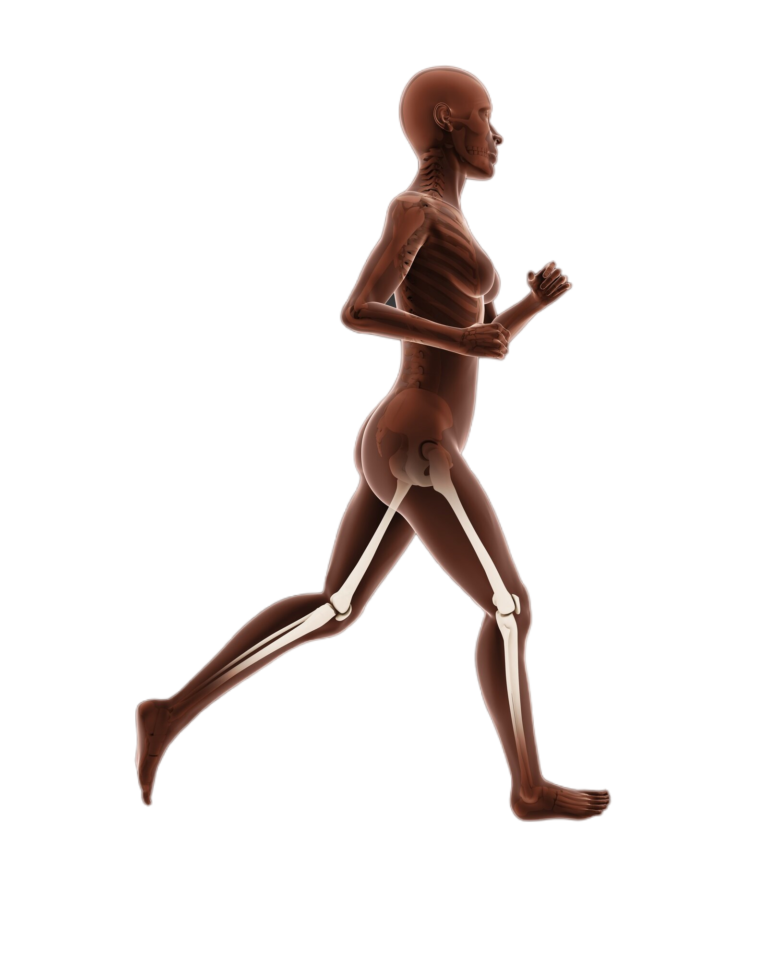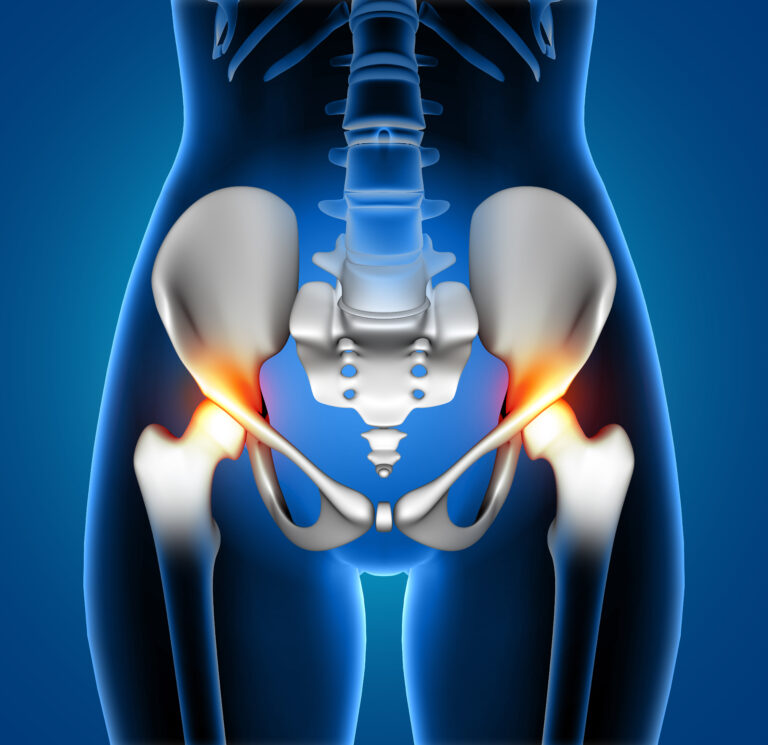Knee replacement surgery has come a long way over the past few decades, with new technologies constantly emerging to improve patient outcomes. One of the most exciting advancements in this field is robotic-assisted knee replacement surgery. This innovative approach combines the precision of robotics with the expertise of skilled surgeons, offering patients a more customized and potentially more effective solution for knee joint issues. In this blog post, we’ll explore what robotic-assisted knee replacement surgery is, its benefits, and why it’s becoming a trending topic in the world of orthopedic care.
What is Robotic-Assisted Knee Replacement Surgery?
Robotic-assisted knee replacement surgery utilizes advanced robotic technology to assist surgeons in performing precise and accurate knee replacements. During the procedure, a robotic arm, guided by the surgeon, helps to plan and execute the placement of the knee implant with incredible precision. The process typically involves the following steps:
Preoperative Planning: Detailed imaging, such as a CT scan, is used to create a 3D model of the patient’s knee. This model allows for thorough preoperative planning and customization of the knee implant.
Surgical Guidance: During the surgery, the robotic system provides real-time feedback and guidance to the surgeon, ensuring that the implant is placed in the optimal position. The surgeon remains in complete control, making all the critical decisions.
Precision Execution: The robotic arm assists in executing the planned cuts and placements with high accuracy, reducing the risk of human error and ensuring a better fit for the implant.
Benefits of Robotic-Assisted Knee Replacement Surgery
Enhanced Precision and Accuracy: The robotic system allows for extremely precise cuts and implant placements, which can lead to better alignment and balance of the knee joint.
Customization: The use of 3D modeling and preoperative planning ensures that the knee implant is tailored to the patient’s specific anatomy, potentially improving the overall fit and function of the joint.
Reduced Risk of Complications: The precision of robotic-assisted surgery can minimize the risk of complications such as implant misalignment, which can lead to wear and tear or the need for revision surgery.
Potential for Faster Recovery: Patients may experience less pain and a quicker recovery due to the minimally invasive nature of the procedure and the accuracy of the implant placement.
Improved Long-Term Outcomes: Better alignment and balance of the knee joint can lead to improved long-term function and longevity of the implant.
Why is Robotic-Assisted Knee Replacement Surgery Trending?
- Technological Advancements: With continuous improvements in robotic technology and surgical techniques, robotic-assisted knee replacement is becoming more accessible and reliable.
- Patient Demand: Patients are increasingly seeking out advanced surgical options that offer the potential for better outcomes and quicker recoveries.
- Surgeon Adoption: More orthopedic surgeons are being trained in robotic-assisted techniques and recognizing the benefits for their patients.
- Positive Outcomes: Early studies and patient feedback have shown promising results, contributing to the growing popularity of this approach.
Conclusion
Robotic-assisted knee replacement surgery is revolutionizing the way we approach knee joint health. By combining advanced technology with skilled surgical expertise, this innovative procedure offers patients a more precise, customized, and potentially more effective solution for knee replacement. As this technology continues to evolve, it’s likely to become an even more integral part of orthopedic care. If you’re considering knee replacement surgery, talk to your healthcare provider about the potential benefits of robotic-assisted options.
Disclaimer: The information provided in this blog post is for general informational purposes only and should not be considered professional advice. Before making any health-related decisions, consult with a qualified healthcare professional. The content is not a substitute for medical advice, and individual results may vary. The author and website are not responsible for any consequences arising from the use of the information provided. Use your best judgment and seek professional advice when needed.


